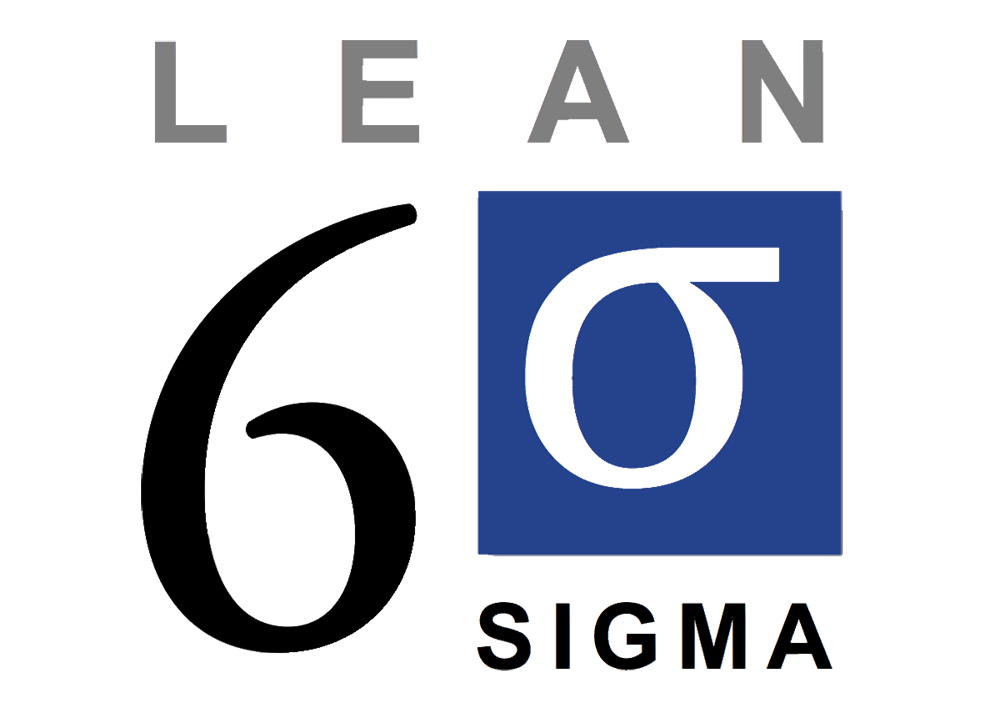What is Lean Six Sigma in Louisiana?
Contact Us
![]()
Are you interested in Lean Six Sigma?
Motorola initiated the Six Sigma program in 1987, and the word “Six Sigma” was invented. The quality control technique demonstrated has seen an interesting development trajectory over time. It started slowly but quickly gained popularity as a result of its amazing ability. When Jack Welch, then-CEO of General Electric and now-CEO of AlliedSignal, introduced Six Sigma in the 1990s, it was noted to have substantial early growth potential. Since then, many companies have adopted and reaped the advantages of this approach.
Six Sigma was once considered a “management fad” rather than a “quality control system” by the general public. Lean Six Sigma is the outcome and has culminated in billions of dollars in return on investment for Fortune 500 companies. However, it is now accepted that it is no longer a trend in management.

The Benefits of Using Lean Six Sigma
Using Six Sigma results in considerable time and expense reductions, as well as increased precision. When used cautiously and conscientiously, the Six Sigma methodology is often accurate. It promotes consumer well-being and client retention: A good company strives to retain its existing clientele. Clients may choose to remain with the company rather than pursue another service or turn to a competitor’s brand. Do you consider consumers who are dissatisfied with the services you provide? Many companies would be oblivious to this truth and will plan market expansion without understanding that customer loyalty must always be prioritized.
All risks can be reduced by using Six Sigma. We conduct a dipstick survey to determine the necessary characteristics of your service or product, to effectively engage customers. Be sure you don’t miss something that might entice your clients while designing your market growth plans.
In today’s industry, an integrated strategy of business intelligence, efficiency, advanced technologies, and stringent quality control is needed. Do you want your company to be recognized as a market leader? Would you aim to gain a significant strategic advantage in the industry’s marketplace? The use of Six Sigma methodologies would increase the efficiency of available capital assets.
FAQ’s
The outlook looks promising. For each passing year, the pace of transition accelerates. Management's primary role in an enterprise is to plan and execute systems. Most systems' production and value generation are for consumers and companies. This is a nonstop process. To keep clients, you must evolve in order to win them. Delivery technologies modify how goods and services are distributed to consumers. Customer habits can change quickly. Today's ideas become a necessity for tomorrow. All organizations are aware of the change. Organizations must change or die, and it is more necessary than ever for them to rise to the challenge of transformation. The transition is welcomed by Lean and Six Sigma. This theory promotes both precision and timeliness. Product and service strategies must be transformed by creativity. Operational change is a way of life, not just a process. The "Lean Six Sigma" paradigm (a list of management tactics and best practices) may be seen as instructions for future reform by managers. Operators and engineers are also Black Belt experts, and all applications for operator and engineer jobs are tested to see whether they are Black Belt material. This means that Six Sigma is in line with the company's plans. Given the urgency of choosing the correct Lean Six Sigma companion, it seems only appropriate to pose the most often asked questions to anyone else. Here are some of the most frequently posed questions, as well as the answers: Lean Six Sigma affiliates, at the very least, must have an experienced Six Sigma consultant who will offer instruction and coaching for your Master Black Belt. A Master Black Belt must have real-world knowledge and be familiar with the company's atmosphere and with its people. Candidates will create techniques through the preparation process and adapt them to real-world initiatives. Course assignments can require trainees to be linked to project outcomes for learners to be able to bring their skills to practical use; which requires dollar realizations as well as timeline lag to ensure the programs stay on track. The Master Black Belt would define individual and structural problems to be solved. To achieve significant change, it is crucial to determine the company's ability to introduce Lean Six Sigma. Preparatory measures that pave the foundations for continuing rollout can be outlined by your implementation partner. This involves analyzing current efforts and activities, as well as defining strategies for potential initiatives. A void report should provide an analysis of consumer and company awareness as well as a summary of established objectives. This feature assists in recognizing possible development challenges that can be resolved. Six Sigma measurements and results are certified using mathematical methods. Inferential statistics and likelihood theories are the subjects of Six Sigma estimates. Six sigma is more than just numbers. It is a methodology that includes several tools for defining consumer needs and measuring services. One benefit of Six Sigma is that it limits the number of uncertainties, which enables management to get a clearer understanding of what "excellent" looks like and allows them to measure success critically in the minds of customers. To be a Six Sigma expert, you must have a deep commitment to having outstanding client service, the willingness to undertake baseline analyses daily, and the ability to understand statistics. Why Six Sigma?
How Does Lean Six Sigma Operate?
How do you manage project-oriented classes?
How can you incorporate your program with the work that our company is already doing?
Six Sigma is about statistics, do I need to learn statistics?

What is the difference between Six Sigma and Lean?
The Lean methodology is a cost-effective means of meeting mission objectives (called Muda in Japanese). Taiichi Ohno describes seven levels of waste in activities (TPS fame). It is important to support consumers by improving service and finding and eliminating waste.
To improve processes and the company, the Lean and Six Sigma methodologies are used. The Lean theory places a premium on improving flow, balancing systems, and increasing productivity. Six Sigma is all about progress, development, performance, and effectiveness.
There are so many areas or regions where we offer these services with most of them being cities.
However, if you need any of these services, you need to contact us. The list below comprises the areas where we offer these services.

